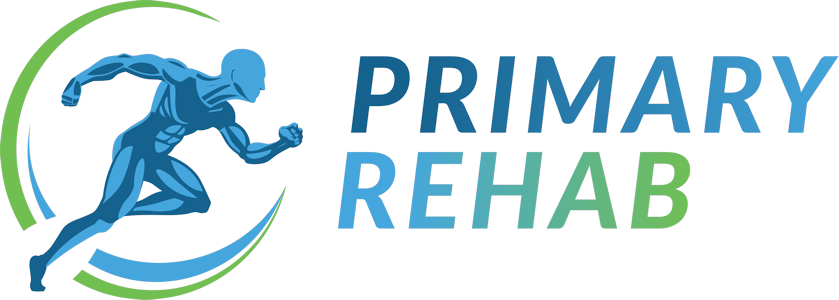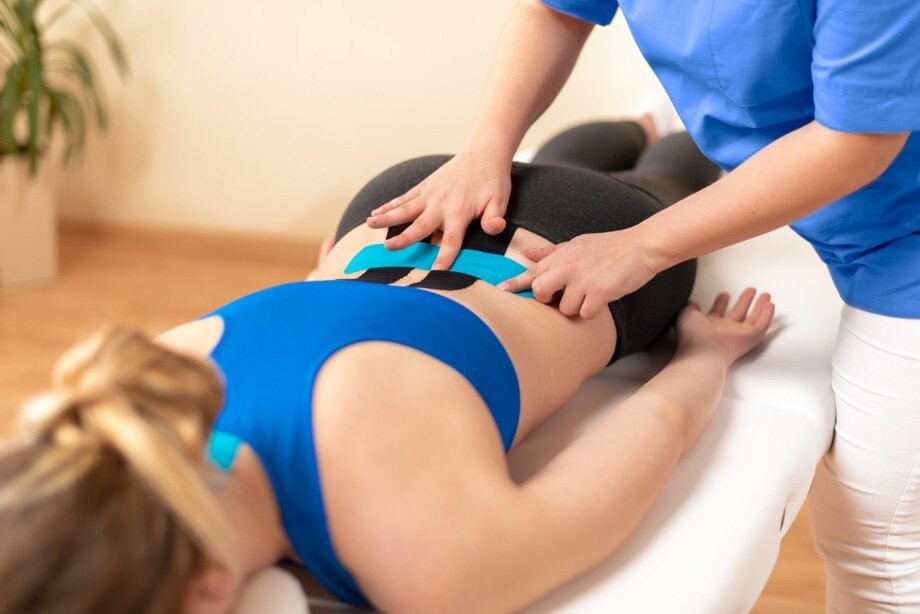Introduction
When most people think of rehab, they picture physical therapy or maybe some chiropractic care. But there’s another key player in recovery: kinesiology. It’s not just about movement—it’s about understanding how the body functions and applying that knowledge to help people heal.
The American Kinesiology Association highlights research that connects movement science to real rehab outcomes. Whether you’re coming back from surgery or managing chronic pain, kinesiology gives professionals a smarter way to guide recovery.
What is Kinesiology and Why It Matters in Rehab
Kinesiology is the science of human movement. It combines biomechanics, anatomy, physiology, and neuroscience to understand how the body moves—and what happens when that movement goes wrong.
In a rehab setting, kinesiologists analyze how a person stands, walks, lifts, and performs daily tasks. Instead of just treating symptoms, they dig into the cause. If someone’s limping after an ankle sprain, they look beyond the ankle: Is it due to weak hip muscles? Poor balance? Nerve issues? They build a clear picture and create a tailored plan.
This approach shortens recovery, prevents future injuries, and helps patients move better, not just feel better.
How Kinesiology Supports Recovery
Muscle Re-Education and Movement Correction
Injury can cause muscles to shut down or misfire. For example, after shoulder surgery, certain muscles may weaken while others overcompensate. Kinesiologists focus on retraining these muscles to fire properly.
Instead of general exercises, they use targeted movements that restore natural function. It’s like flipping the right switches back on to rebuild proper control and strength.
Restoring Range of Motion
Let’s say someone has a frozen shoulder. They can’t lift their arm fully—not just from pain, but because of joint stiffness and muscle guarding. Kinesiologists guide patients through a process to safely regain mobility.
They break movement into stages and help rebuild strength and control at each level. That structure leads to more consistent progress.
Preventing Recurrence
A big part of kinesiology’s value is keeping injuries from coming back. Many people stop rehab once the pain fades. But without fixing movement habits, problems often return.
Kinesiologists teach people how to move better in daily life—lifting groceries, going up stairs, getting out of a car. These changes add up and reduce the chance of re-injury.
Real-World Application in Rehab Settings
Take someone recovering from ACL surgery. Once basic mobility returns, a kinesiologist looks at how they walk, balance, or go down stairs. Maybe their hips aren’t engaging properly, or they’re favoring one side.
These imbalances aren’t always obvious—but they matter. Left unaddressed, they can cause new problems. With kinesiology, subtle movement faults are identified and corrected.
Collaborative Care
At Primary Rehab, kinesiologists often work with physiotherapists and chiropractors. While others treat pain or inflammation, kinesiology focuses on restoring healthy movement. That teamwork leads to more complete recoveries.
Research-Backed Benefits
Research published by journals on the American Kinesiology Association’s site supports the clinical benefits of kinesiology.
For instance, EMG studies show that proper cueing—teaching people how to activate specific muscles—improves recovery after surgery. Other studies show that patients with structured movement training are less likely to get re-injured within six months of finishing rehab.
Kinesiology doesn’t rely on guesswork. It’s backed by evidence and results.
Kinesiology at Primary Rehab
At Primary Rehab, kinesiology is part of how we help patients recover. We look at the whole picture—not just where it hurts.
Our approach includes:
- Full movement assessments
- Customized strength and mobility plans
- Education to build better habits
Take one of our recent patients recovering from a shoulder dislocation. Traditional therapy helped with pain. But kinesiology rehab got them back to the gym safely. We addressed posture, shoulder blade control, and movement coordination. That extra layer made the difference.
When Should Someone Consider a Kinesiology-Informed Rehab Plan?
Kinesiology makes sense for:
- Post-surgery: Recovery is faster and safer when movement patterns are addressed.
- Chronic pain: When pain keeps coming back, kinesiology finds and fixes the movement causes.
- Sports injuries: It helps athletes return with confidence—and avoid re-injury.
- Mobility limitations: Trouble with stairs, bending, or overhead movements? A kinesiology screen can spot the problem.
Final Thoughts
Rehab isn’t just about fixing pain—it’s about moving better so that pain doesn’t come back. Kinesiology plays a central role in that process.
If you’re dealing with injury or persistent discomfort, kinesiology can help you recover smarter. It’s structured, science-backed, and focused on long-term results.
To learn more about the research that shapes this approach, check out the American Kinesiology Association’s journals. And if you’re ready for a movement-focused recovery plan, Primary Rehab is here to help.

